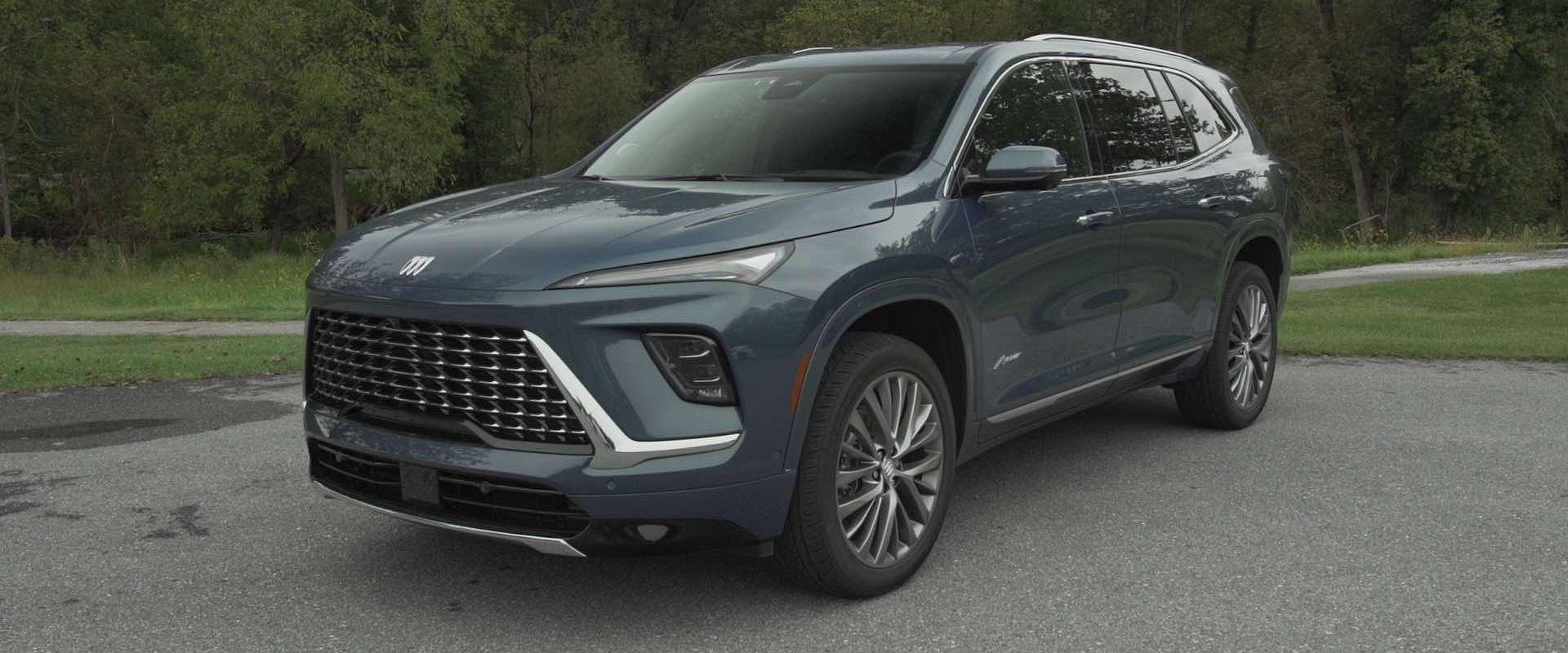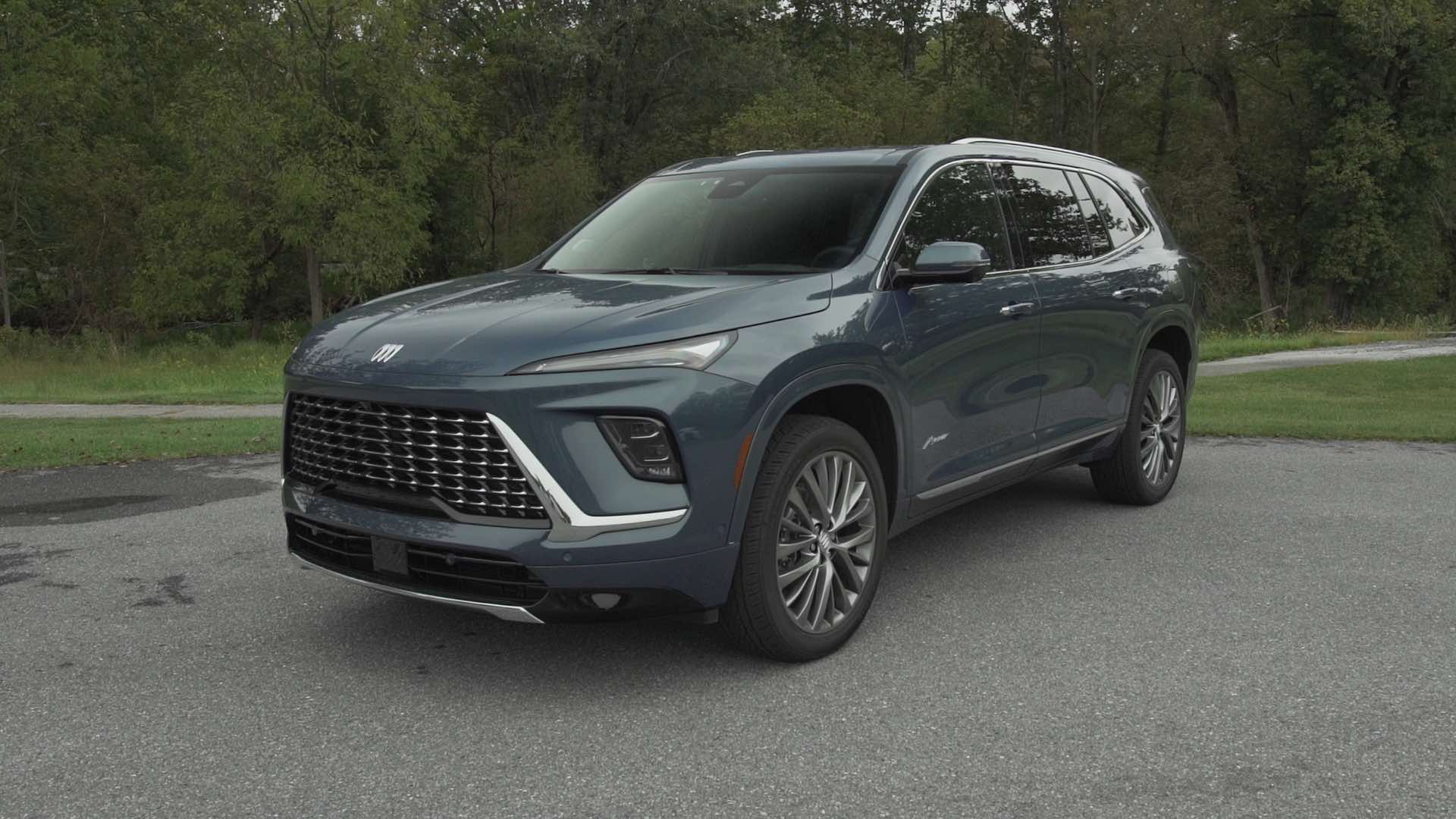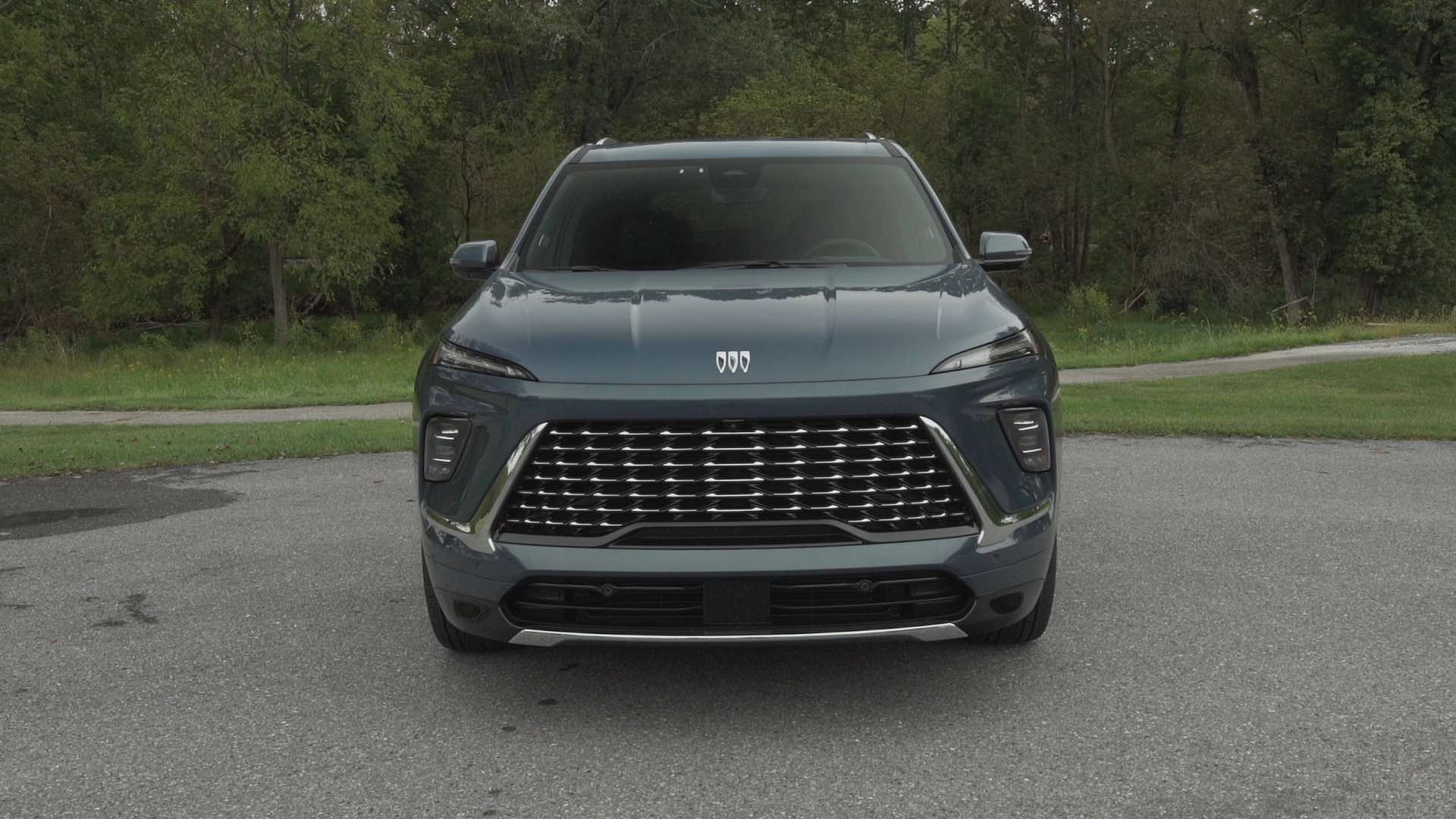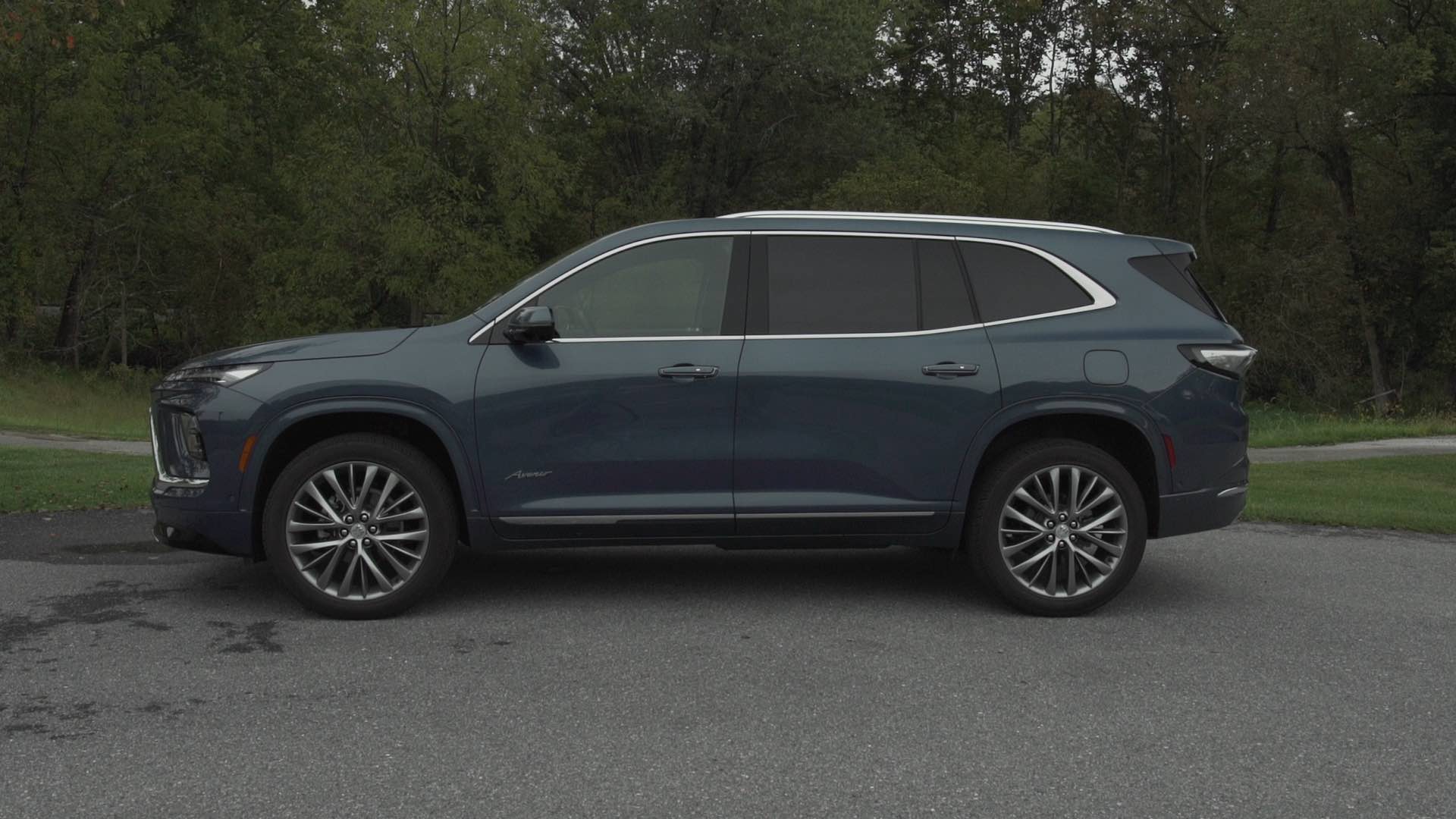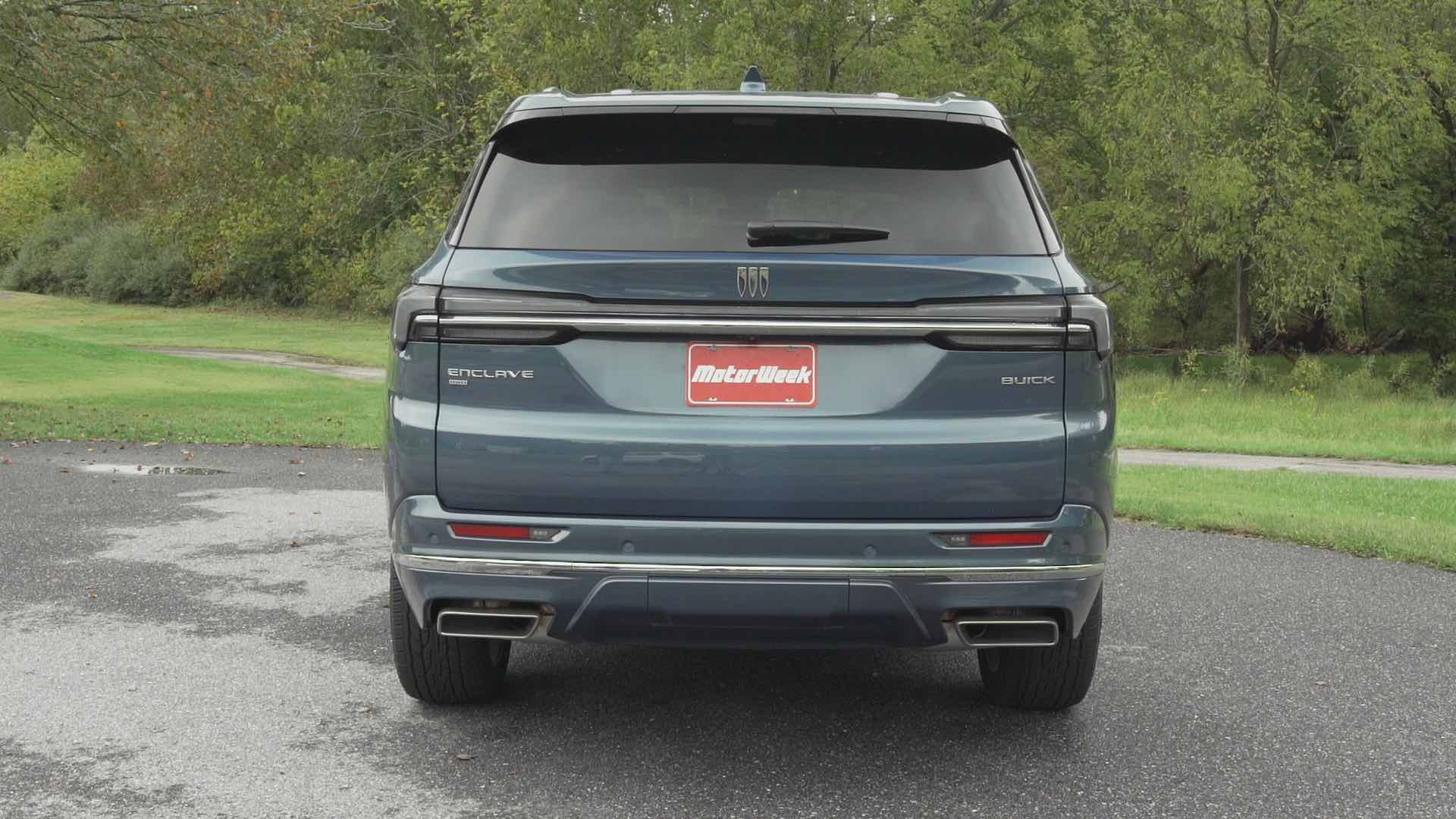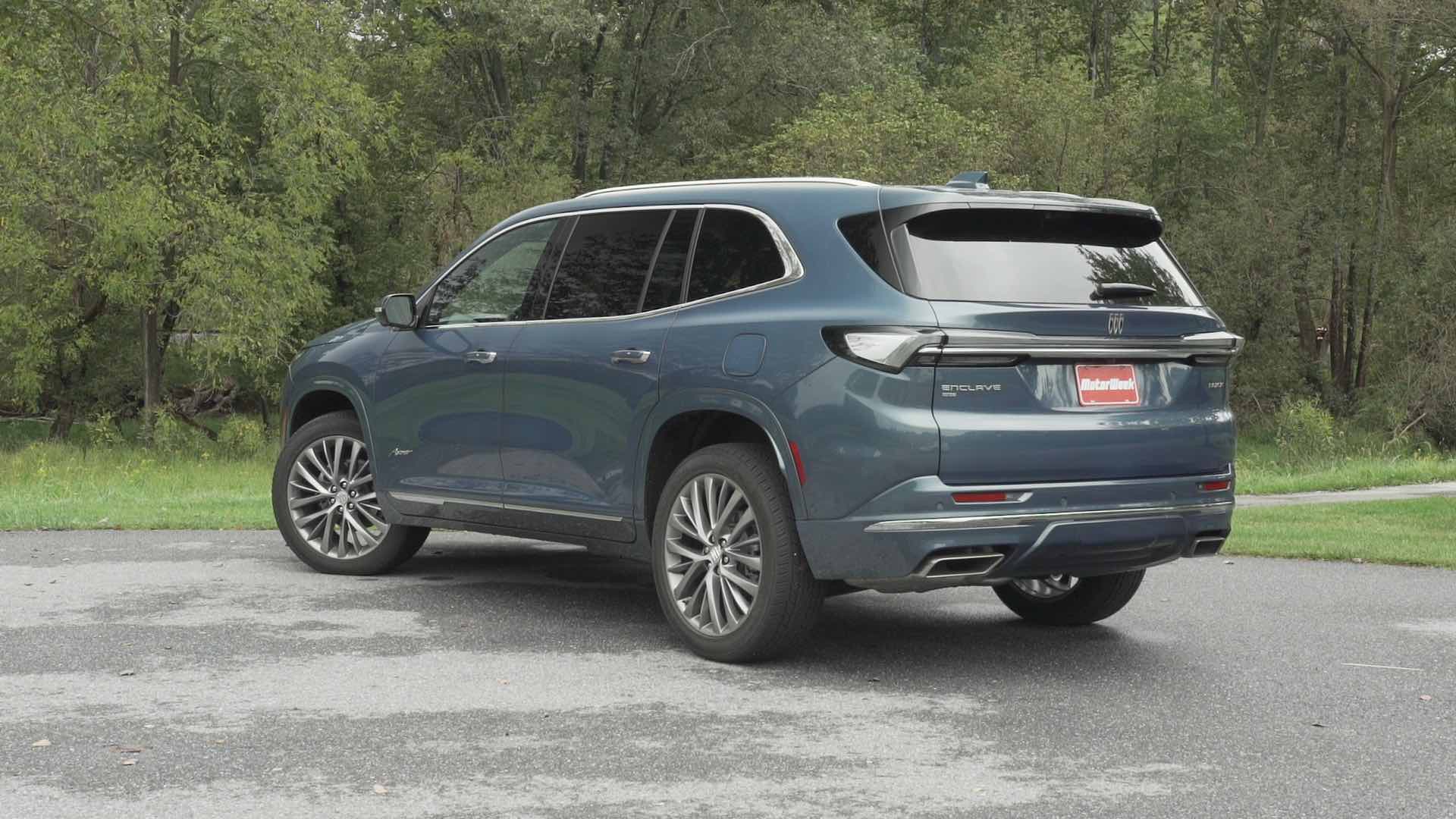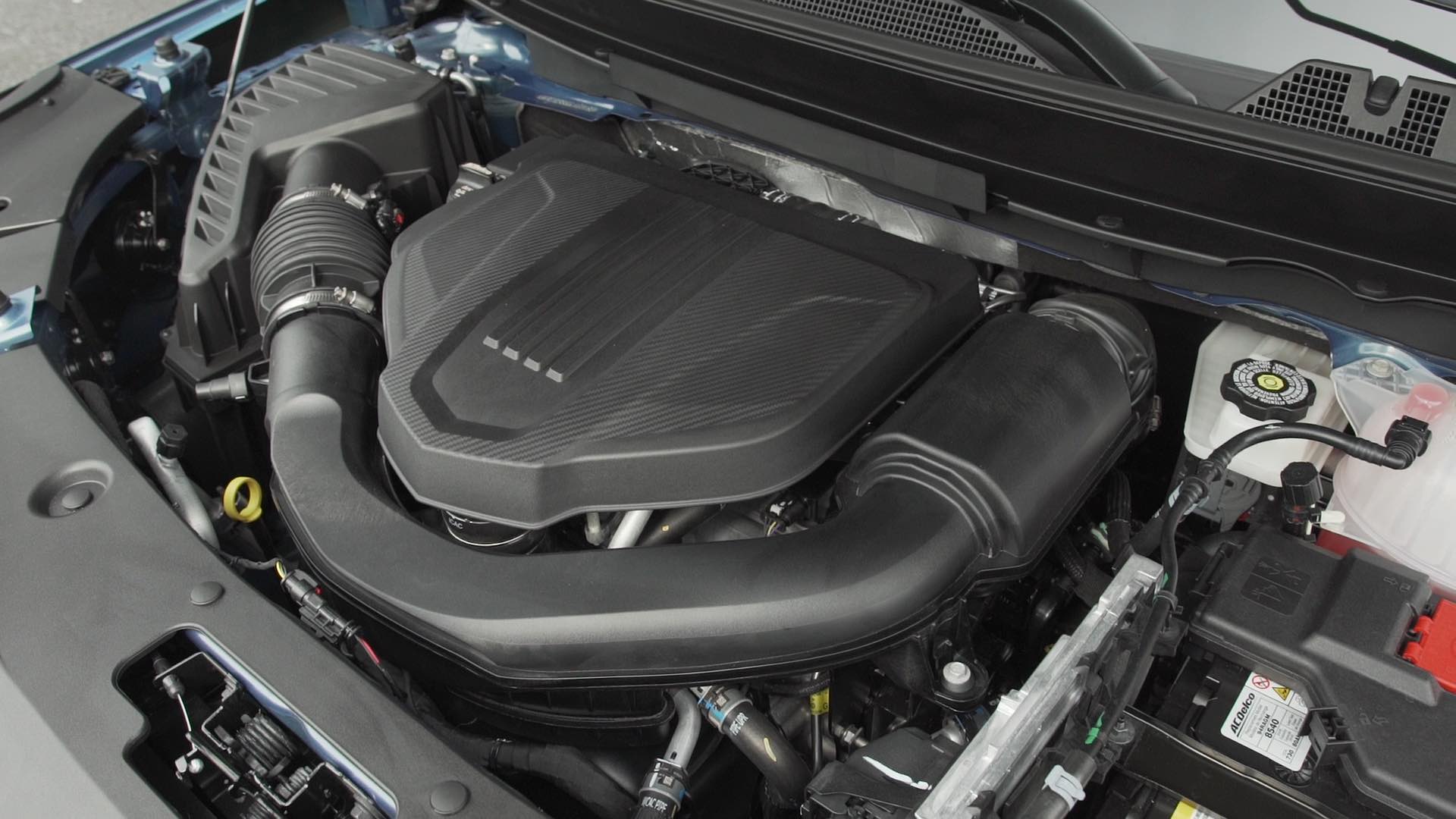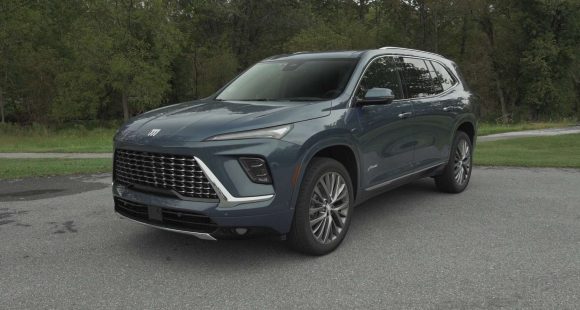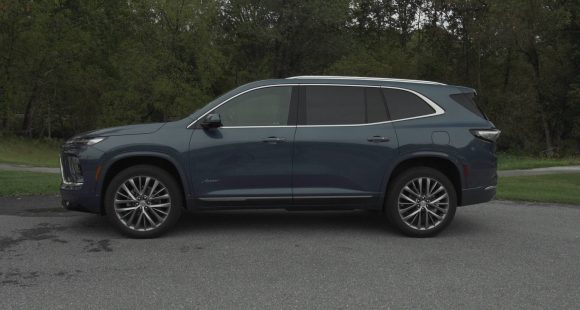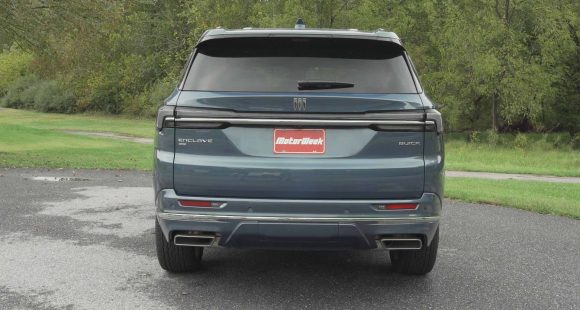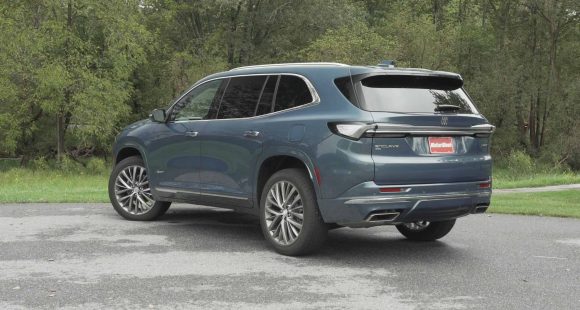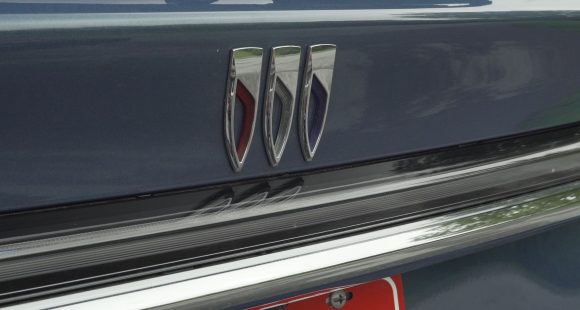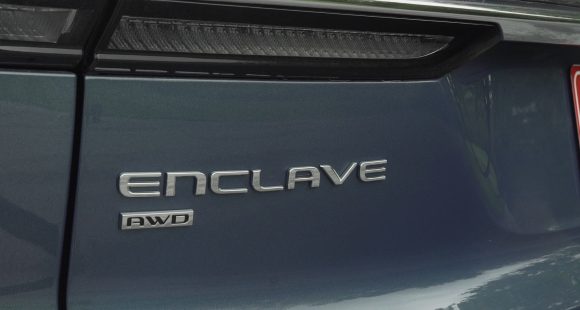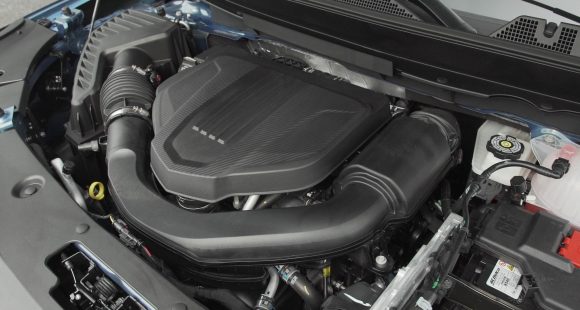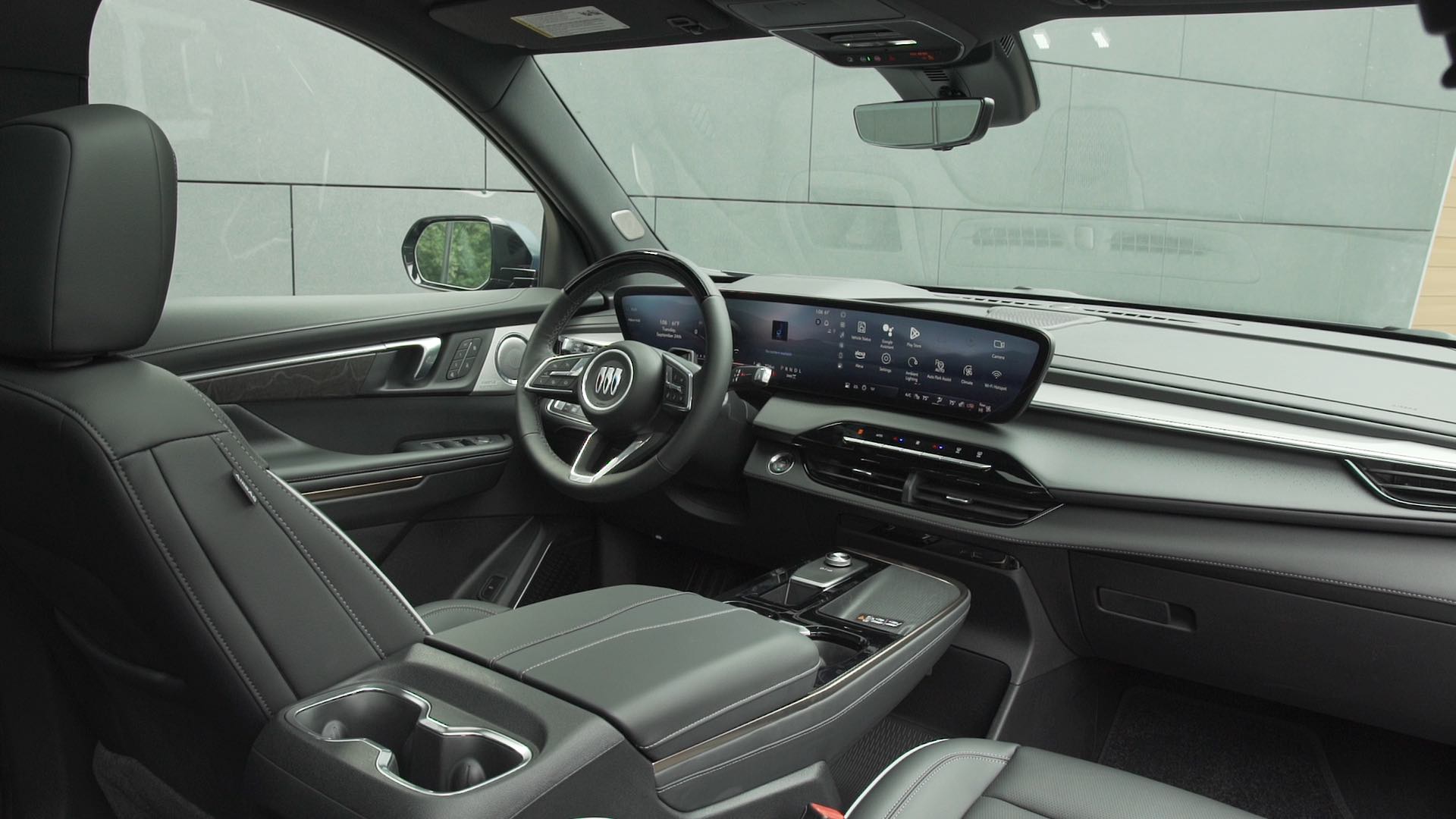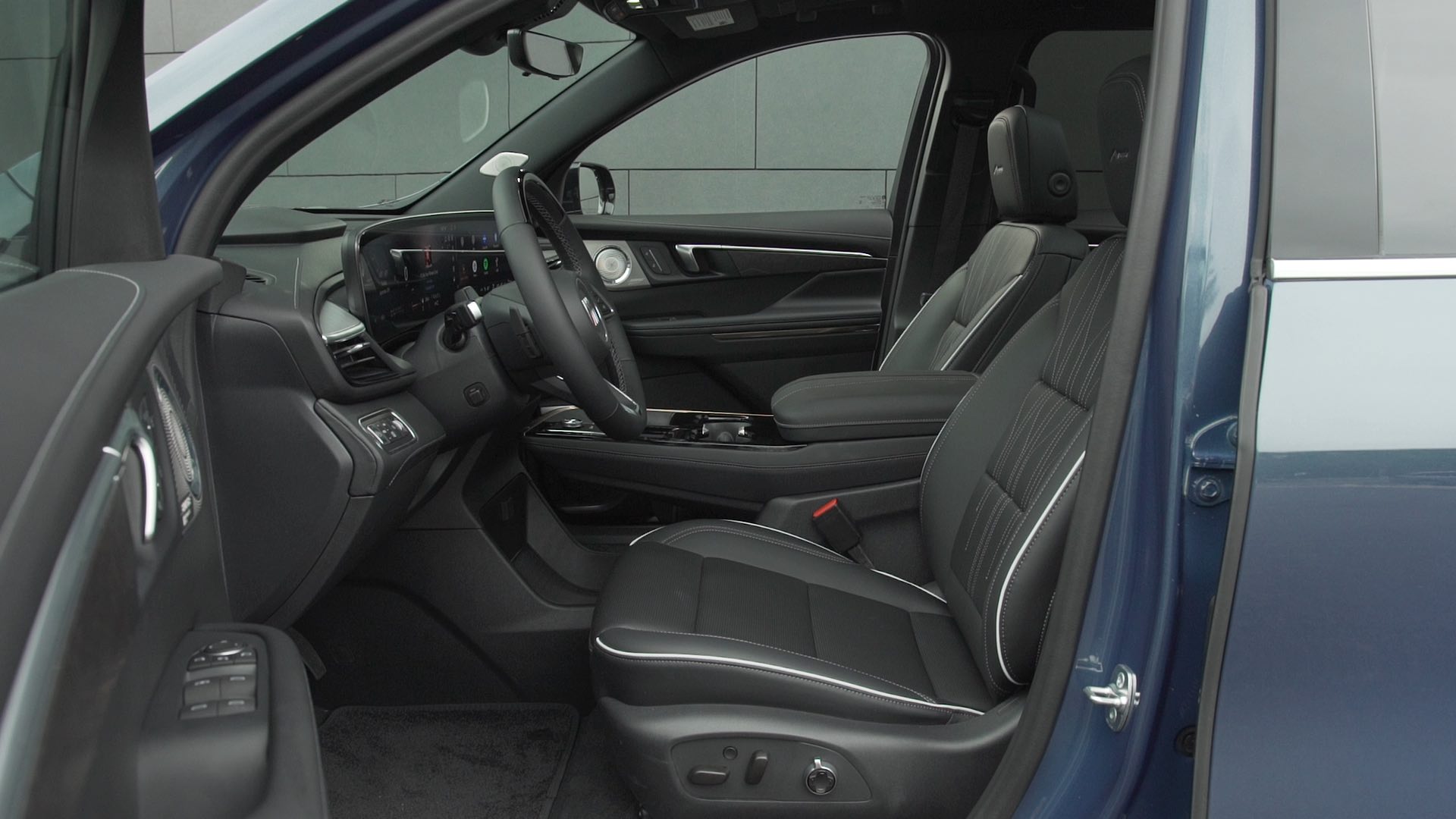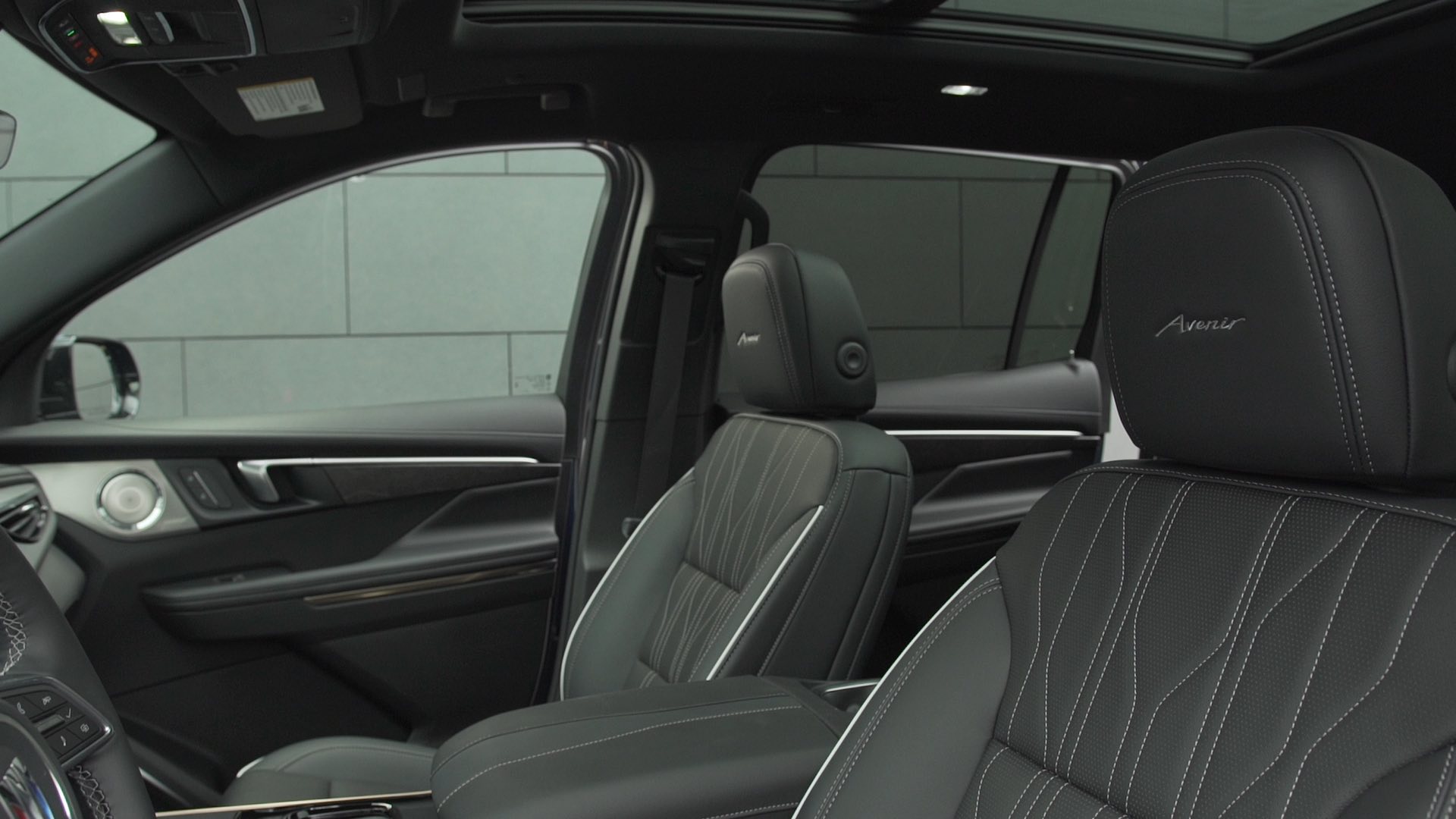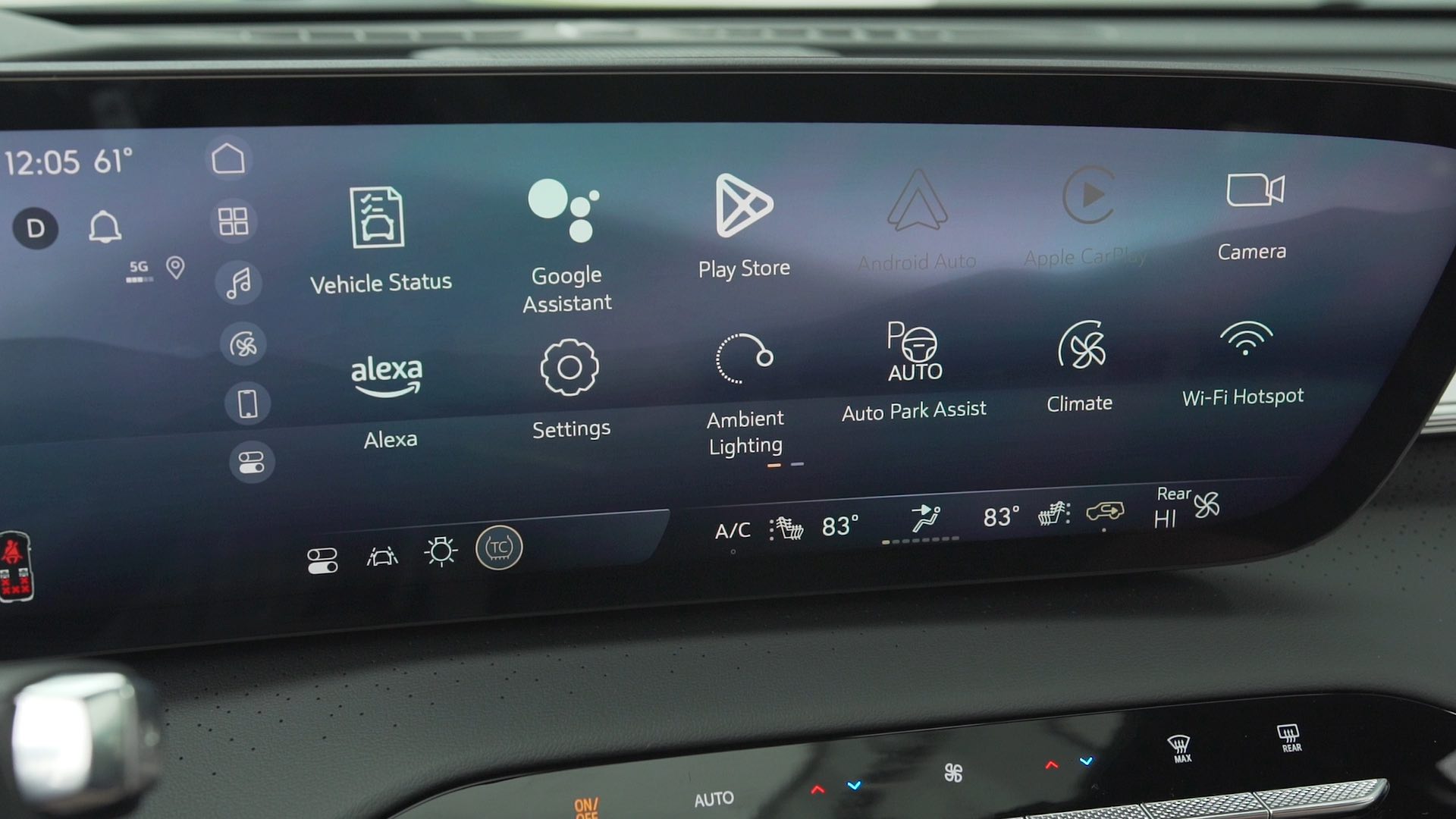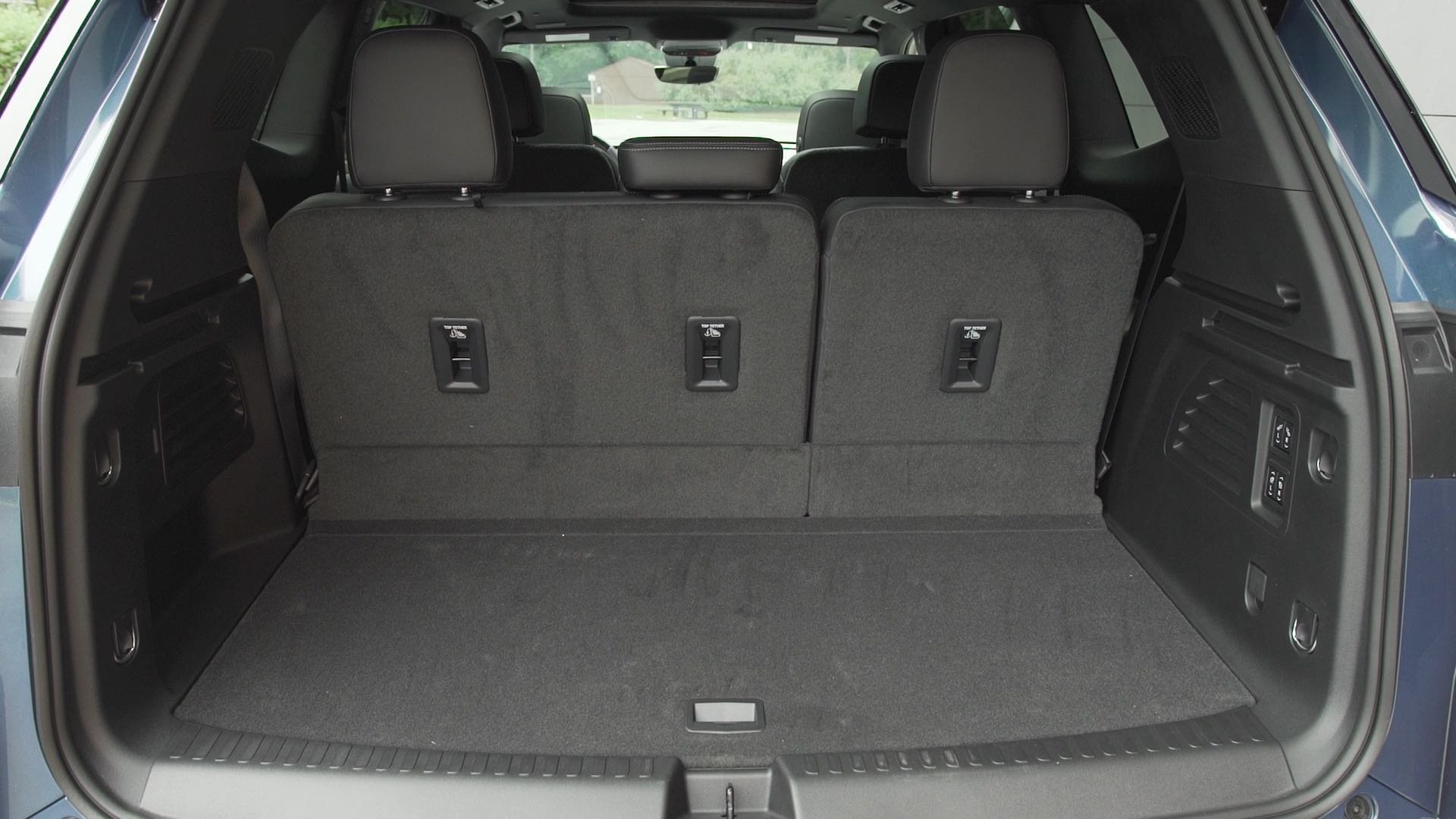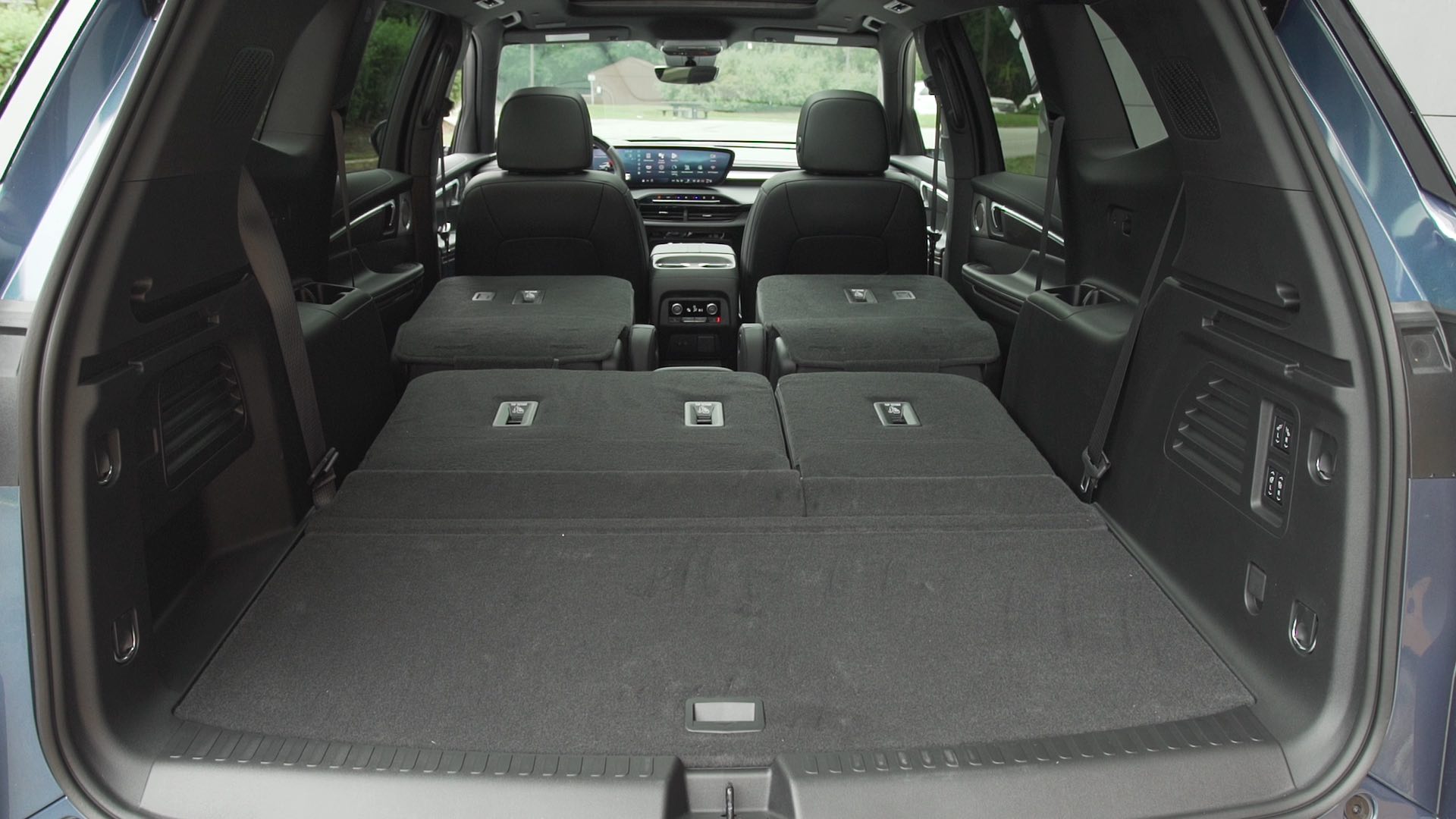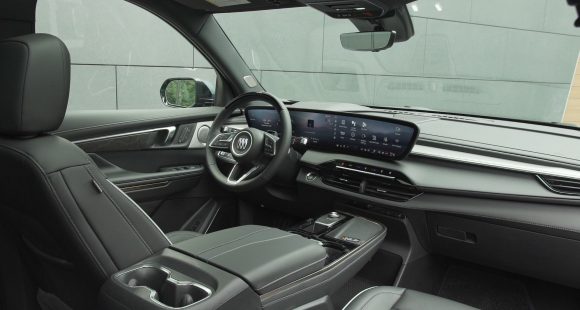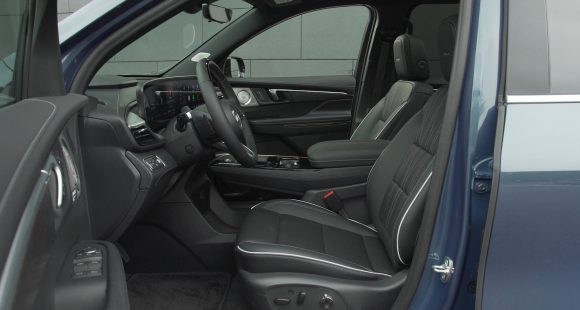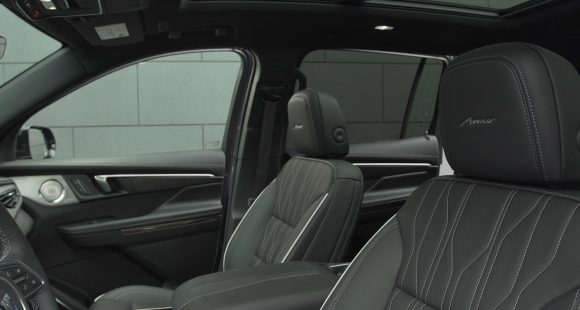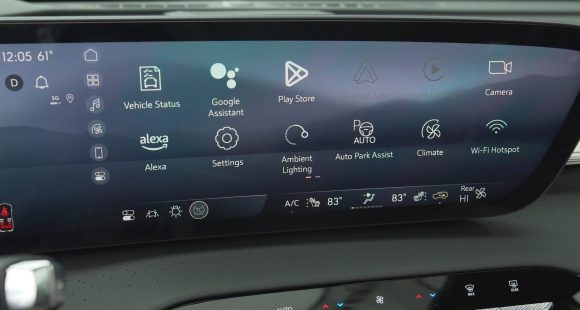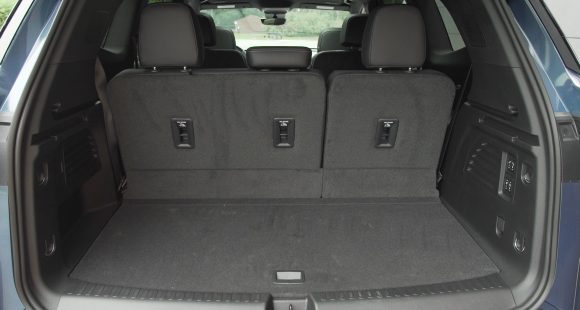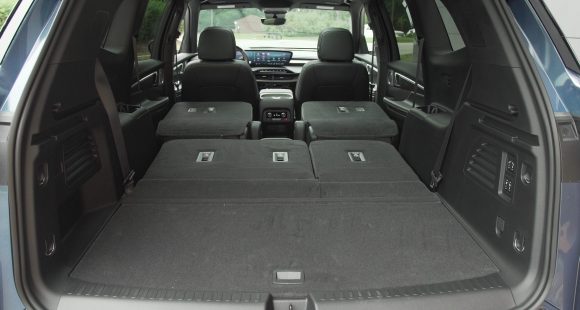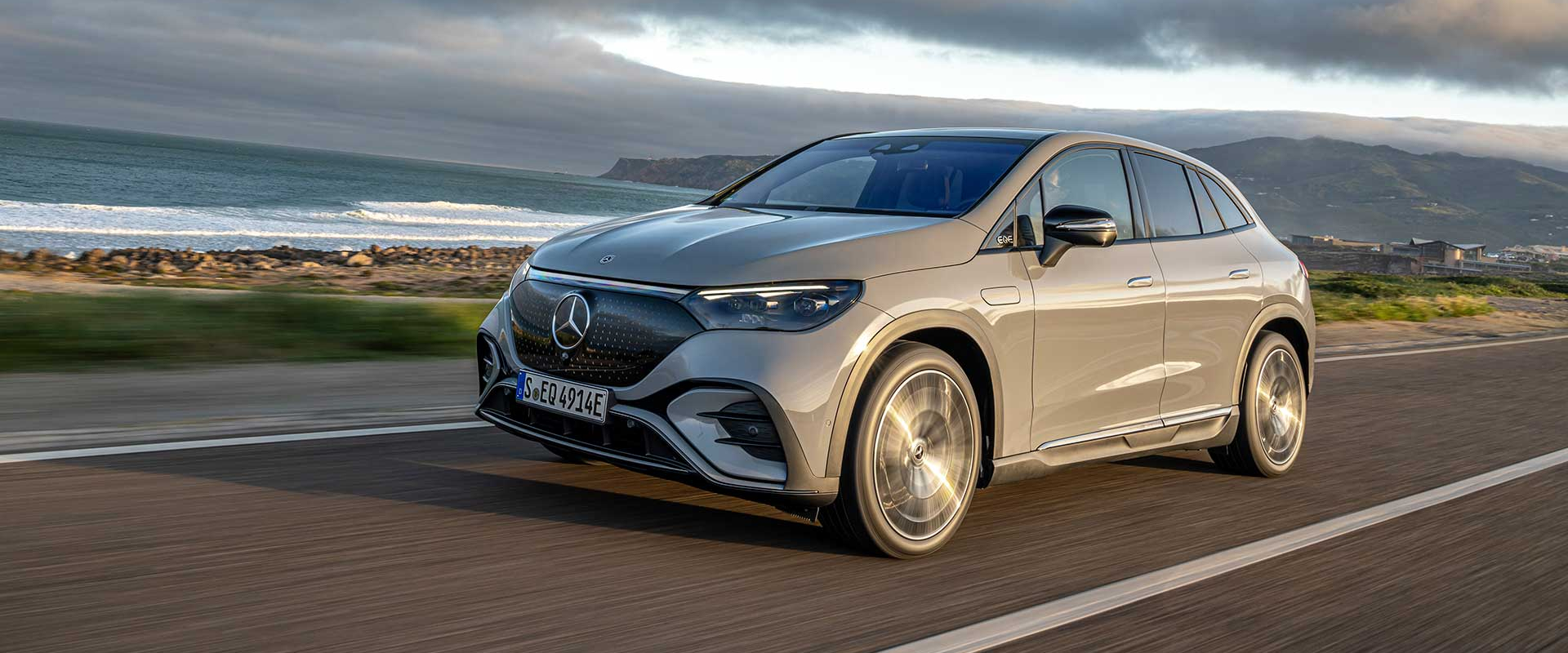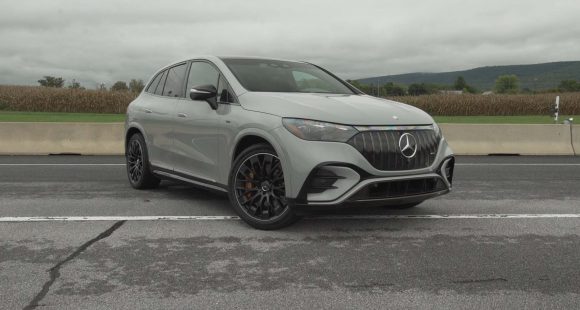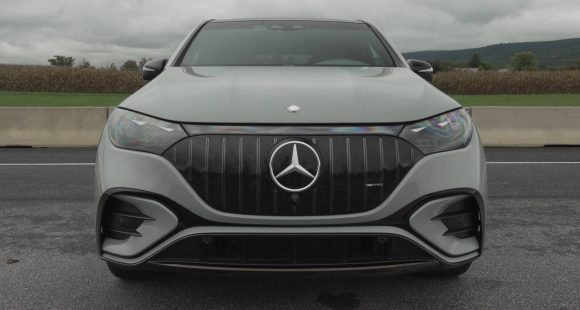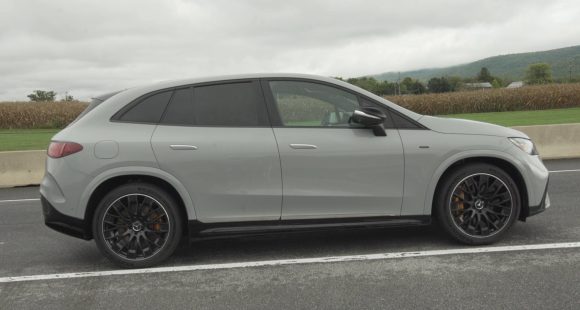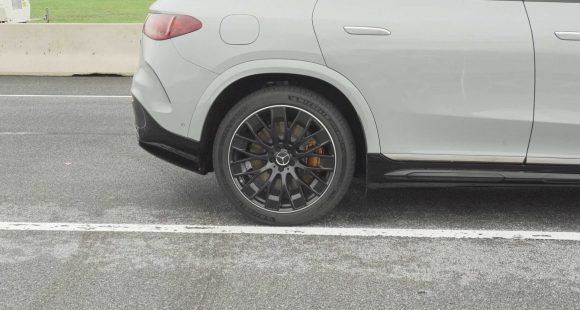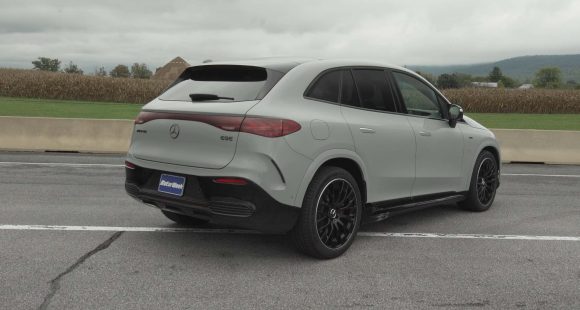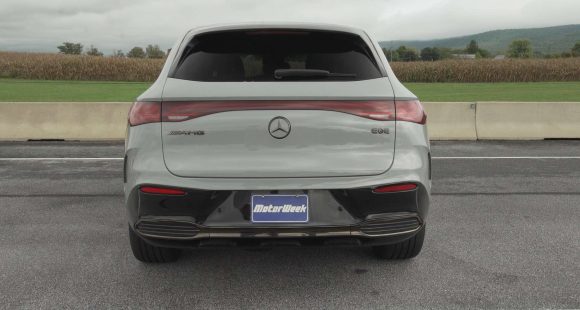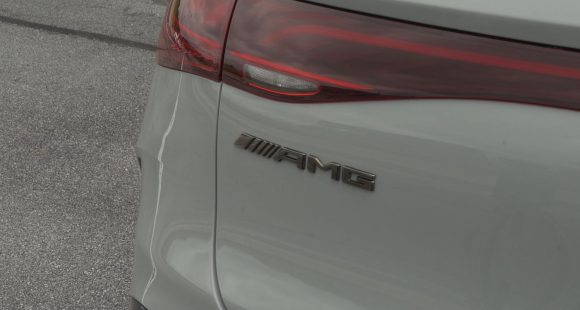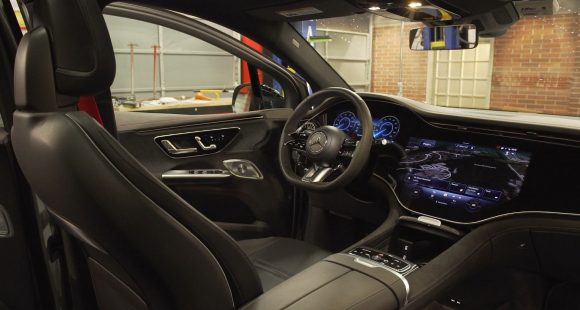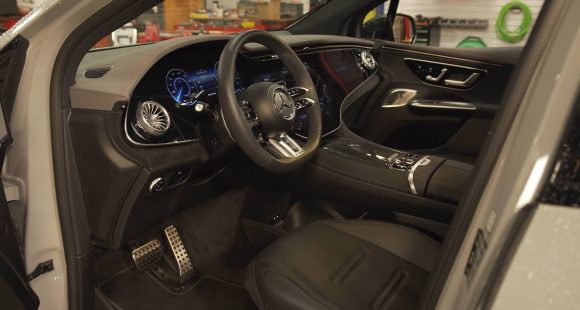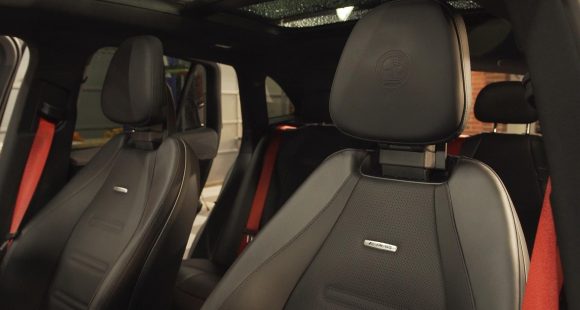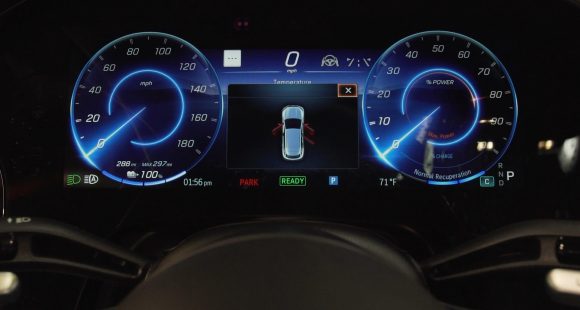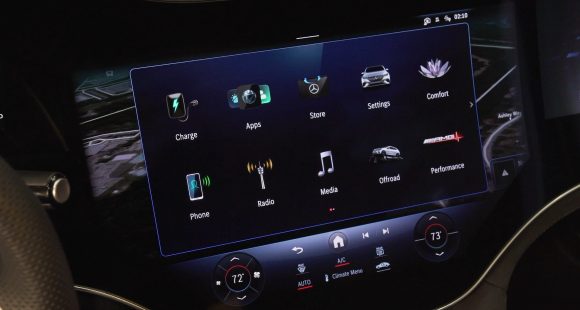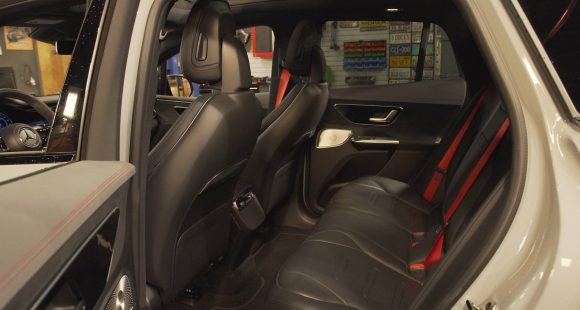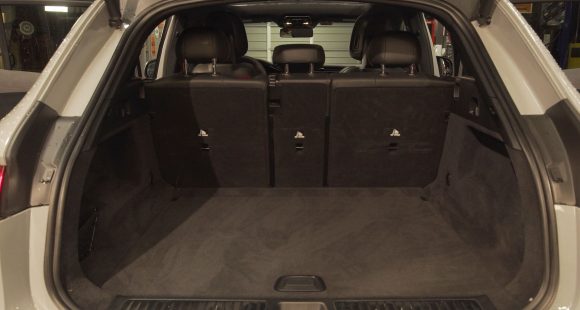2017 Fiat 124 Spider
While Fiat is well known worldwide for their diminutive 500, or cinquecento; it’s the 124 Coupe and Spider that first introduced most Americans to the brand back in the late 60s. And after using the 500 to re-introduce themselves here in the states, Fiat has now launched an all-new 124 Spider for us to enjoy. But this is no throw-back two seat Italian sports car!
Up to now, the cars making up Fiat’s U.S. return have indeed been diminutive, mostly economy-minded affairs. But, the overall effect of Fiat’s return has been anything but small, merging with Chrysler in 2014 to create Fiat Chrysler Automobiles. And now things get a whole lot more exciting with the 2017 Fiat 124 Spider.
Now this is where we tell you that this 124 is actually built on the same chassis as the Mazda MX-5, and further, comes out of the same Japanese plant. But this is far from a story about international badge engineering. They really do look a lot different, at least outside, especially when parked next to each other. Where the MX-5 has gotten meaner looking over the years, the 124 looks classy; with a nicely modern update of 60’s Italian-style.
The 124 Spider certainly has a sporty character; but instead of begging you to seek apexes, it yearns for mountain passes, and a more relaxed Grand Touring pace. It’s less edgy and more compliant; a kinder, gentler, and softer MX-5 if you will. Very reminiscent of the first Miata.
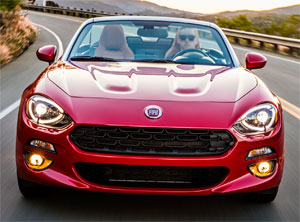 The engine is another clear departure. In place of the Miata’s naturally-aspirated 2.0-liter is the same 1.4-liter MultiAir turbo-4 found in other current Fiats, including the raucous 500 Abarth. Here it spins up 160–horsepower and 184 lb-ft. of torque.
The engine is another clear departure. In place of the Miata’s naturally-aspirated 2.0-liter is the same 1.4-liter MultiAir turbo-4 found in other current Fiats, including the raucous 500 Abarth. Here it spins up 160–horsepower and 184 lb-ft. of torque.
It winds up quickly. But, despite more horsepower and torque, an increase in size and weight makes the 124 a tad less spirited off the line than the MX-5, though the exhaust note adds to its much enjoyed Italian flair.
And it surely fits in with the character of the original 124 Spider, which was an everyman’s take on a Ferrari.
We hit 60 in 7.6–seconds, and cleared the ¼-mile in 15.8-seconds at 91 miles-per-hour. Refreshing!
Our tester came with the optional 6–speed automatic in place of the standard 6-speed manual. It worked well enough, with smooth shifts; but really could use some paddle shifters for truly living out the Italian dream. Yes, you can shift manually with the shifter itself, but it’s just not the same.
After taking a few trips through the cones, our early impressions were confirmed; the 124 Spider does respond softer than a Miata.
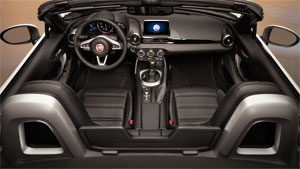 Steering is numb feeling, but accurate; and there’s always the possibility of snapping the rear loose; as even with the cushier feel, the car remains plenty responsive.
Steering is numb feeling, but accurate; and there’s always the possibility of snapping the rear loose; as even with the cushier feel, the car remains plenty responsive.
But while unique outside and under the hood, the interior is another story. It’s almost a direct MX-5 copy, including dash-top infotainment screen that responds to touch and a console-mounted controller. To get navigation, you have to opt for Lusso trim and then add the Premium Collection Package.
The 124’s gauges look great and steering wheel placement is just about perfect.
Also there’s still no dash-mounted glove box, rather a storage bin in between the seats, but you do get an outside trunk release. And, with 5 1/2 inches more length, there’s more room in the 124’s trunk, 4.9 cubic-ft. versus the MX-5’s 4.6.
And we love the fact that top operation is still 1-hand fold down simple; thank you Fiat for not complicating that.
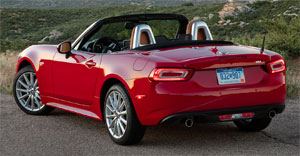 Government Fuel Economy Ratings are 25-City, 36-Highway, and 29–Combined. We averaged just 27.1 miles-per-gallon, and this tiny turbo does require Premium.
Government Fuel Economy Ratings are 25-City, 36-Highway, and 29–Combined. We averaged just 27.1 miles-per-gallon, and this tiny turbo does require Premium.
The Energy Impact Score is still good however, at 11.4-barrels of annual oil consumption with CO2 emissions of 5.0-tons.
There are 3-models of 124 to choose from, starting with Classica at $25,990. For what it’s worth, that makes it the lowest-priced turbocharged convertible in America, but also $240 more than a base MX-5.
So overall, if you like the MX-5, you’ll like the 124. Though, while clearly not politically correct, we do think the 2017 Fiat 124 Spider will easily appeal more to female buyers; though it will certainly attract fans of the original 124 as well.
Mazda says that without the Fiat partnership for the 124, a new MX-5 might not have happened. Now that would have been a calamity. So, we’re ecstatic that Fiat decided to bring back the 124 Spider, for a global tie-up that everyone who loves to drive should go out and celebrate.
Specifications
- Engine: 1.4 liter
- Horsepower: 160
- Torque: 184 lb-ft.
- 0-60 mph: 7.6 seconds
- 1/4 mile: 15.8 seconds @ 91 mph
- EPA: 25 mpg city / 36 mpg highway
- Energy Impact: 11.4 barrels of oil/yr
- CO2 Emissions: 5.0 tons/yr
2025 Buick Enclave
Buick’s Biggest Utility Gets More Premium Look, Less Premium Powertrain
Buick is now an all SUV brand with the three-row Enclave sitting at the top of their lineup. And for this all-new third generation, it looks like Buick has finally given it the true flagship treatment it deserves. Reason enough for us to see what else new this posh performer has in store.
Don’t think of this 2025 Buick Enclave as just a new third generation of Buick’s largest three-row SUV, but more of a total reboot for a luxury segment pioneer. Part of that reinvention is swapping out the 3.6-liter naturally aspirated V6 engine, that has been the heart of this large crossover since it arrived on the scene for 2008, for a new 2.5-liter turbocharged four-cylinder.
Though using two fewer cylinders, it rates 18 more horsepower at 328. The gain in torque is even greater, climbing from 266 to 326 lb-ft.
Power from a start and when tooling around town feels pretty good, but you do notice that engine working hard under the hood; there is more engine noise and it’s not as smooth as many competitors who have also made the switch to turbo-four power. Max towing rating remains at 5,000 lbs. The new standard automatic transmission loses a gear, dropping from nine to eight, a simplifying move we applaud. All-wheel drive is a $2,000 option with all trims.
The Enclave rides on the same front-wheel-drive based chassis that supports the Chevrolet Traverse and GMC Acadia. It remains the most luxurious of the three, though all have made big upward strides. And that luxurious feel is very evident inside where things appear special without flaunting it. Materials are vastly improved over the last gen, especially in top Avenir trim which is the choice for most Enclave buyers.
Front seats are very comfy, well suited for long days of highway travel. It’s hard to miss the 30-inch ultra-wide display, similar to Cadillac’s. It is big, but not intimidating as operation is very logical and you can easily configure things as you want them, including bringing the nav screen up full in front of the driver.
Front seats are very comfy, well suited for long days of highway travel.
Between the seats is a very substantial console with lots of storage space and standard wireless phone charging. There is definitely room for full-size adults in all three rows of seating. Big, plush captain’s chairs with all trims for the second row; and a less plush but still comfortable three-place third row.
GM’s Super Cruise has now made it to Buick’s lineup, available as a standalone package for any trim. It remains a favorite of ours for hands-off highway cruising. Despite feeling adequately powered on the street, the Enclave’s turbo-four felt a little out of its element at our Mason Dixon Dragway test track. There was very little jump off the line, just a slow wind up to 60 of 8.0 seconds, with the quarter-mile completed in 16.0 seconds flat at 92 mph.
We could really feel the Enclave’s weight in our handling course, about 150-lbs. over last year, even with less motor under the hood. But there was very little body roll, and no excessive oversteer or understeer. In panic braking runs, there was good feel through the pedal, and solid stops from 60 averaging a fine 111 feet.
To all of our eyes, the Enclave is bigger yet much better looking than before. Now more sophisticated using Buick’s PURE philosophy which emphasizes Purity in design, Unexpected details, Refined finishes, and Exceptional execution.
With all-wheel drive, Government Fuel Economy Ratings are 19 City, 24 Highway, and 21 Combined; we managed a great 24.9 mpg of Regular. That’s a slightly below average Energy Impact Score, consuming 14.2 barrels of oil yearly, with 7.0 tons of CO2 emissions.
No more Essence or Premium Enclaves, as the new gen brings new trim names along with it; the base option now being Preferred which starts at $46,395, and unless you choose white, you’ll be paying extra for all exterior colors. Just a short step from there to the Sport Touring for $48,795, and then a much bigger bounce up to Avenir at $59,395.
With so many big utes now aimed at luxury and near luxury buyers, it’s getting harder and harder for Buick to stand out. Being an all-utility brand, with one of the freshest lineups in the industry, will no doubt help. The 2025 Buick Enclave is a very stylish, well-equipped, well executed large three-row crossover that’s priced right.
Specifications
As Tested
- Engine: 2.5-liter turbo-4
- Transmission: 8-speed automatic
- Horsepower: 328
- Torque: 326 lb-ft.
- EPA: 19 City | 24 Highway | 21 Combined
- 0-60 mph: 8.0 seconds
- 1/4 Mile: 16.0 seconds at 92 mph
- Braking, 60-0 (avg.): 111 feet
- MW Fuel Economy: 24.9 mpg (Regular)
2024 Mercedes-AMG EQE
AMG EQE SUV OMG TSNF YOLO LOL
We all know that cranking up the performance in a battery-electric vehicle is a much different and much simpler process than the methods used over the last 100 years of internal-combustion powertrains. So, let’s see how AMG has adapted to this brave and very fast new world with the Mercedes-AMG EQE SUV.
This 2024 Mercedes-AMG EQE is the first all-electric performance SUV from the motoring masterminds at AMG. Starting with the same EQ platform that underpins the brand’s S- and E-class based all-electric sedans and utilities, AMG replaces the EQE 500 4MATIC SUV’s motors with AMG specific units both up front and in back. These specially built motors have unique windings, adapted inverters, and upgraded cooling; all so more current can flow, producing a new total of 617 horsepower and 701 lb-ft of torque.
While the midsize EQE SUV doesn’t feel overly large to drive, it does have an incredibly solid, almost tank-like presence to it, weighing in at just shy of 6,000 lbs. Yet, standard rear-axle steering helps it behave quite nimbly, and it accelerates like a vehicle half that weight, pushing you back in the seat with authority whenever you go all in on the accelerator pedal. An extended period of Mid-Atlantic rain kept us from getting track numbers, but Mercedes claims 0-60 in 3.4 seconds. We’d say that’s conservative given Race Start with Boost Function unlocks an additional 60 horsepower.
Likewise, as in previous Mercedes EVs we’ve tested, it overachieved when it came to battery range as well. With the official rating of the AMG EQE SUV at 235 miles, we plotted a 200-mile road trip, and still had 21% of battery remaining at the end of it, putting our range estimate closer to 254 miles. Max DC fast charging for the 90.6-kWh battery, which is the same battery used in the EQE 500, is perhaps not as high-performance as the rest of the vehicle. At 170 kW, it takes about 15 minutes to add 100 miles of range. Though when driving, the regen braking setup can feed power back at a rate of 260 kW. Our tester’s optional ceramic brakes were plenty strong, if a little touchy around town. There’s also active braking that likes to initiate regen before you actually touch the pedal when you’re coming up on another vehicle or approaching an intersection.
Nobody does interiors like Mercedes-Benz, and we’re not just talking about the luxurious quality of the leather and carbon fiber materials. There’s the wow factor of the dash-wide Hyperscreen, and cool aspects too, such as the turbine-like air vents. That’s before you even get to looking around at the AMG specifics like the Performance Steering Wheel, Dynamic Select Drive Modes, and even the unique AMG Sound Experience coming through the Dolby Atmos surround sound system with speakers seemingly everywhere.
It’s not all glitz and glamour though, as there are multiple thoughtful storage locations throughout the cabin, and good cargo hauling abilities too. The 18.4 cu-ft of space in back and max capacity of 59.2 cu-ft with rear seatbacks folded might just be the ticket to convincing your significant other into letting you make this oh so sensible purchase. Rear seat passengers of this five-seater will appreciate their own luxurious space, with comfortable seating, adequate leg and headroom, and multiple charging ports.
There’s nothing that screams high-performance on the outside of this EQE SUV, as AMG details are mostly subtle, though stacking both of the available AMG Night Packages adds lots of gloss black trim and dark chrome accents. There are three different 21-inch wheel patterns to choose from, as well as available 22s.
Most of the AMG goodness lies deep within, like performance-tuned fully variable 4MATIC+ all-wheel drive that adjusts torque distribution 160 times per second based on drive mode and chassis sensor info. Likewise, AMG Ride Control+ air suspension with adaptive damping and active roll stabilization is constantly monitoring road and driving conditions, along with driver input, adjusting the suspension accordingly, and delivering vastly different driving experiences spread across multiple drive settings from Comfort to Sport+.
Using 46 kWh of electricity per 100 miles, the AMG EQE SUV earns a fair efficiency rating. Pricing starts at $110,750; certainly not out of line for any high-performance vehicle these days, much less one with a Mercedes Star plus an AMG badge.
You could argue that when Mercedes-Benz made the EQ leap into full battery-electric vehicles, they prioritized precision over passion. Well, there’s a healthy dose of both here in this 2024 Mercedes-AMG EQE SUV. Now, we may just be a little lightheaded from experiencing all of the performance that’s packed into this midsize utility, but this is easily our favorite Mercedes EV we’ve driven yet; and that kind of makes sense considering AMG had a big hand in creating it.
Specifications
As Tested
- Motor Setup: Dual Motor
- Battery Size: 90.6-kWh
- Horsepower: 617
- Torque: 701 lb-ft
- EPA Range: 235 miles
- MW Test Loop: ~254 miles
- Peak Charging Rate: 170-kW







